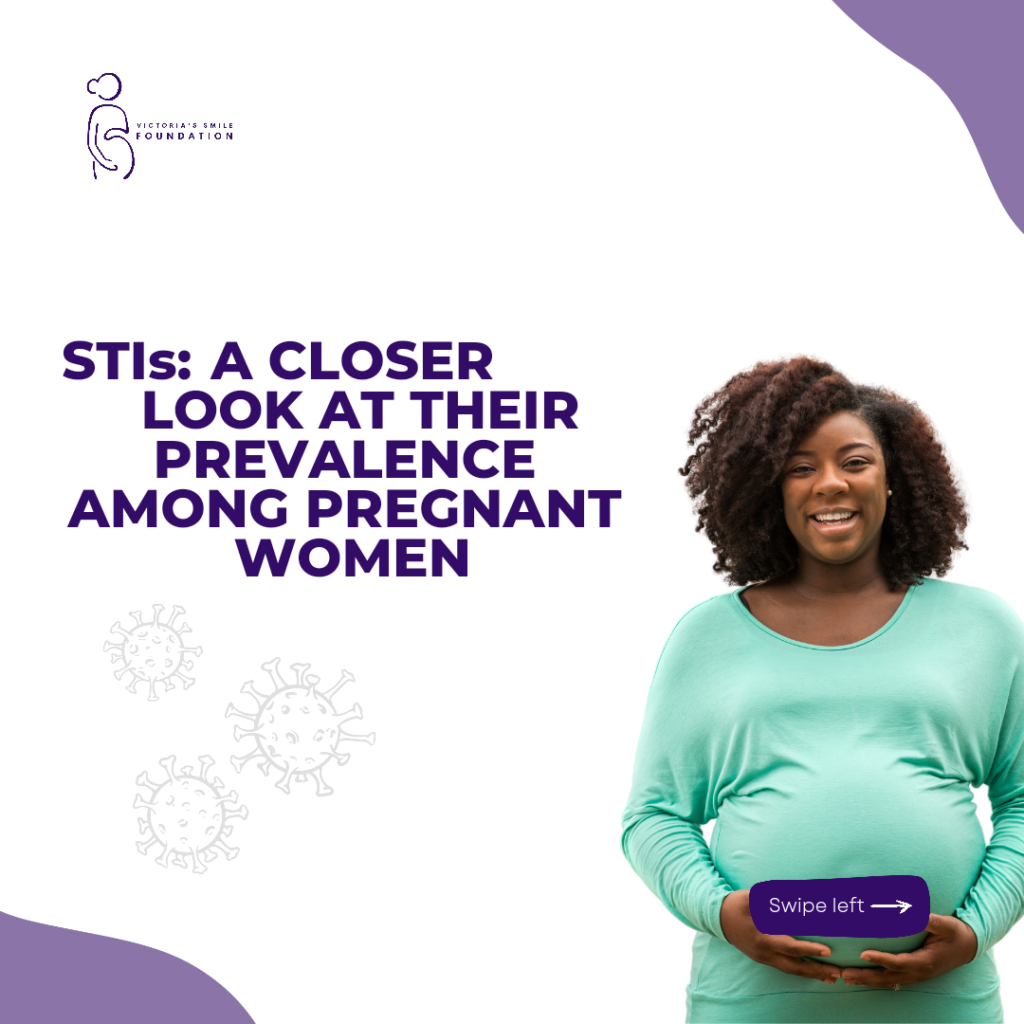Hello beautiful people, it brings us immense Joy to reconnect with you. Today we will take a look at an interesting topic – Female Infertility.
Infertility is defined as trying to get pregnant with frequent, unprotected sex for at least a year with no success.
Infertility results from female factors about one-third of the time and both female and male factors about one-third of the time. The cause is either unknown or a combination of male and female factors in the remaining cases.
Female infertility causes can be difficult to diagnose. There are many treatments, depending on the infertility cause. Many infertile couples will go on to conceive a child without treatment.
What are the symptoms of infertility? The main symptom of infertility is the inability to get pregnant. A menstrual cycle that’s too long (35 days or more), too short (less than 21 days), irregular or absent can mean that you’re not ovulating. There might be no other signs or symptoms.
When should you see a doctor?
When to seek help can depend on your age:
Up to age 35, most doctors recommend trying to get pregnant for at least a year before testing or treatment.
If you’re between 35 and 40, discuss your concerns with your doctor after six months of trying.
If you’re older than 40, your doctor might suggest testing or treatment right away.
Your doctor might also want to begin testing or treatment right away if you or your partner has known fertility problems, or if you have a history of irregular or painful periods, pelvic inflammatory disease, repeated miscarriages, cancer treatment, or endometriosis.
For pregnancy to occur, every step of the human reproduction process has to happen correctly. The steps in this process are:
One of the two ovaries releases a mature egg.
The egg is picked up by the fallopian tube.
Sperm swim up the cervix, through the uterus and into the fallopian tube to reach the egg for fertilization.
The fertilized egg travels down the fallopian tube to the uterus.
The fertilized egg attaches (implants) to the inside of the uterus and grows.
During fertilization, the sperm and egg unite in one of the fallopian tubes to form a zygote. Then the zygote travels down the fallopian tube, where it becomes a morula. Once it reaches the uterus, the morula becomes a blastocyst. The blastocyst then burrows into the uterine lining a process called implantation.
Let’s Stop here for today, in our next episode, we will look at the causes of female Infertility. Stay healthy and bye for now



